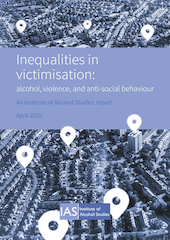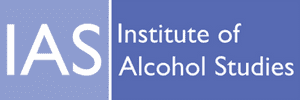View this report

The links between alcohol and violence, as well as alcohol and anti-social behaviour (ASB), are widely recognised.
Less is understood about how experiences of alcohol-related violence and alcohol-related ASB are distributed across different socioeconomic groups.
Methods
This study used data from the Crime Survey for England and Wales from 2013/14 – 2017/18 to analyse this distribution.
Socioeconomic group specific incidence and prevalence rates for alcohol-related violence (including domestic, stranger, and acquaintance violence) and alcohol-related ASB were created. Housing tenure, occupation, and household income were used as indicators of socioeconomic status (SES).
Results
Alcohol-related violence victimisation is disproportionately clustered in the lowest socioeconomic groups. Higher rates of alcohol-related domestic and acquaintance violence for lower socioeconomic groups are behind this pattern, with the most disadvantaged groups experiencing prevalence rates up to five times as high as the most advantaged group, and incidence rates as much as 14 times as high.
Lower socioeconomic groups are more likely to experience high frequency alcohol-related ASB; around half of those from the lowest socioeconomic groups who ever experienced this in the last year, experienced it every week or more often.
Conclusions and recommendations
Barriers to lower socioeconomic groups accessing support services must be removed; crucially, provision of publicly-funded domestic violence services must be improved.
Causes of violence are complex, with no one resolution. However, population level action on alcohol price and availability has already been demonstrated to reduce violence levels. This must be coupled with a substantial increase in the availability across the population of alcohol treatment services, and increased access to alcohol interventions in primary care and emergency services settings. These measures together might disproportionately benefit those from economically disadvantaged groups.
View this report
